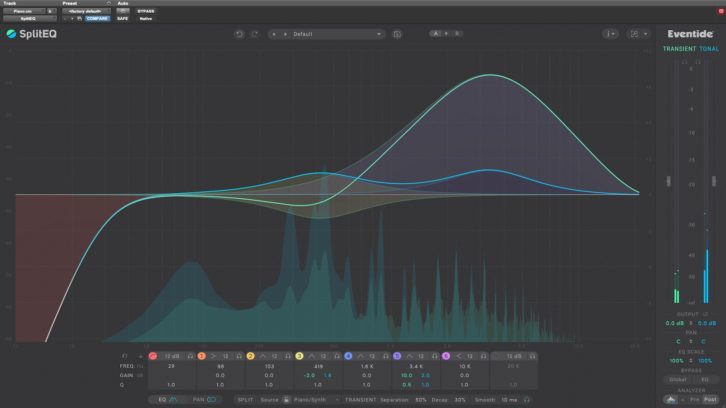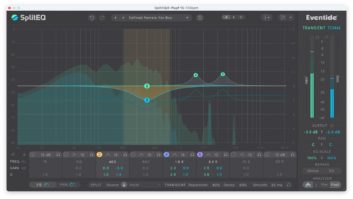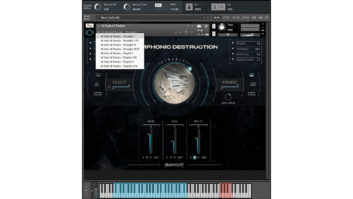
St John, USVI (May 26, 2022)—Producer/composer Rich Tozzoli recently headed to St John, USVI, for his annual recording retreat, teaming with keyboardist Bruce MacPherson, engineer Mike Dwyer and bassist Hank Skalka to compose and mix for a variety of TV shows with diverse sound palettes. Today, Dwyer shares his insights on one of the key plug-ins they brought along to help get things done.
Eventide Split EQ
In an age where nearly every plug-in developer has their take on a clean, digital EQ, it’s rare to come across something truly unique and revolutionary, but that’s exactly what Eventide has accomplished. At the heart of Split EQ is what Eventide calls structural split technology. This splits the incoming signal into its transient and tonal information, allowing you to EQ them independently of each other.
Waves Abbey Road RS124 – A Real-World Review
KIT Plugins BB N105 – Another Real-World Review
Softube Spring Reverb – A Real-World Review
On this trip, Split EQ was a real lifesaver when it came to working with prerecorded drum loops. It allowed us to completely transform the character of the drums to fit the vibe of the tracks we were working on in a way that a traditional EQ could never do. For example, by setting one of the bands down around the fundamental of the kick drum, we could boost the transients in that area while cutting that same frequency from the tonal information, giving us a tight, punchy kick. In other tracks, we did the exact opposite, giving us a longer, rounder sound.
We also used it on our bass tracks, boosting midrange only in the transients to add a ton of attack, allowing the bass to cut through a dense mix without taking up too much room. On clean, staccato guitar parts, cutting upper-mids from the transients while slightly boosting the same area in the tonal signal helped to tame the harsh spikiness without sounding dull, like it would if we had simply cut that area with a typical EQ.







